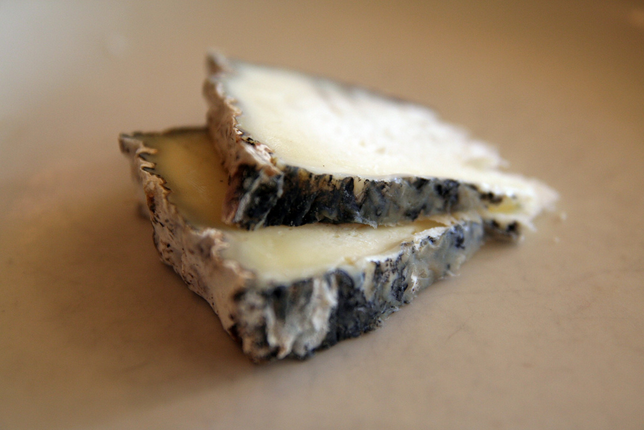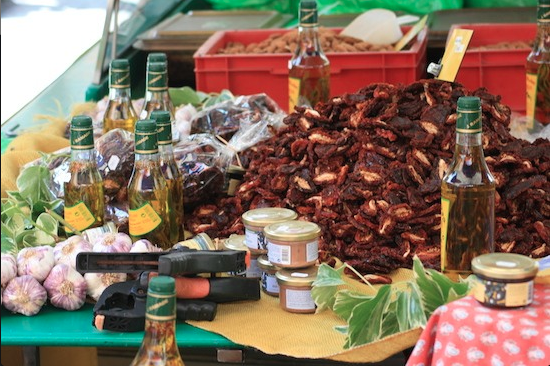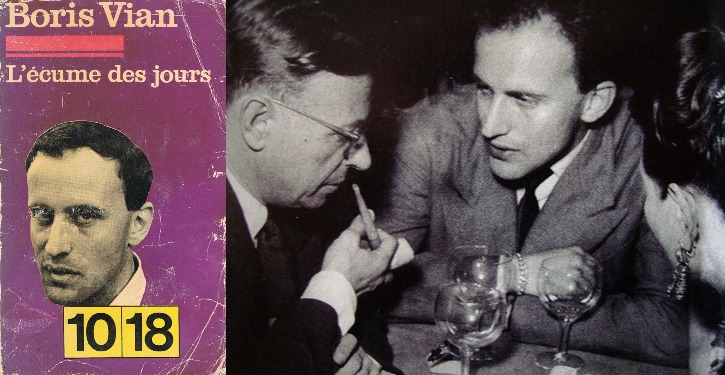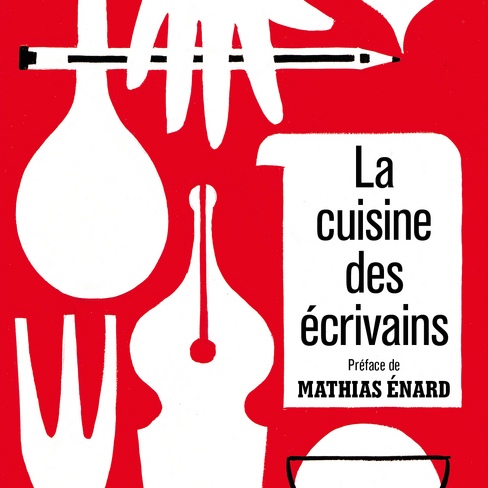Some words for foods are easily translatable. The word’s functional meaning shifts effortlessly between tongues. Tomato and pomodoro both indicate Solanum lycopersicum, member of the nightshade family. Poulet, pollo, and chicken look the same rubbed with oil and garlic roasting in a hot oven. In these cases, there is little room for deliberation: oil, butter, wine. Rice, wheat, corn. Their translations are patently accessible. Learning the words for foods in other languages is particularly satisfying. There’s immediate sensory recognition: the words indicate familiar tastes, smells, textures, and sights. The intimacy with what we eat follows. In learning to say tomato in another language, we begin to feel in it also.
But this question of feeling is where it gets finicky. While most anything carries a “literal” meaning in another language, its usage and implication remain awkward in translation. A New York bakery and a Parisian boulangerie operate in different ways. In both places flour is mixed with yeast and water, let to rise and baked. Yet we do not eat bread in the same ways, and the bread we eat is not the same.
Take, for example, the French word tomme. My first day of work at the cheese shop a colleague asked me what kind of cheese I liked. Tomme, I said. He was quick to call me out.
“Tomme is not a kind of cheese. Be more specific.” READ MORE…






